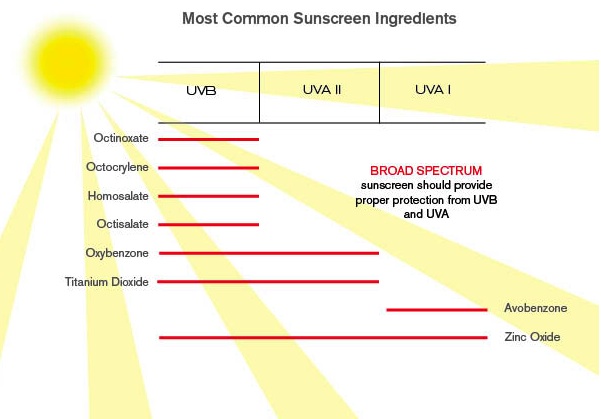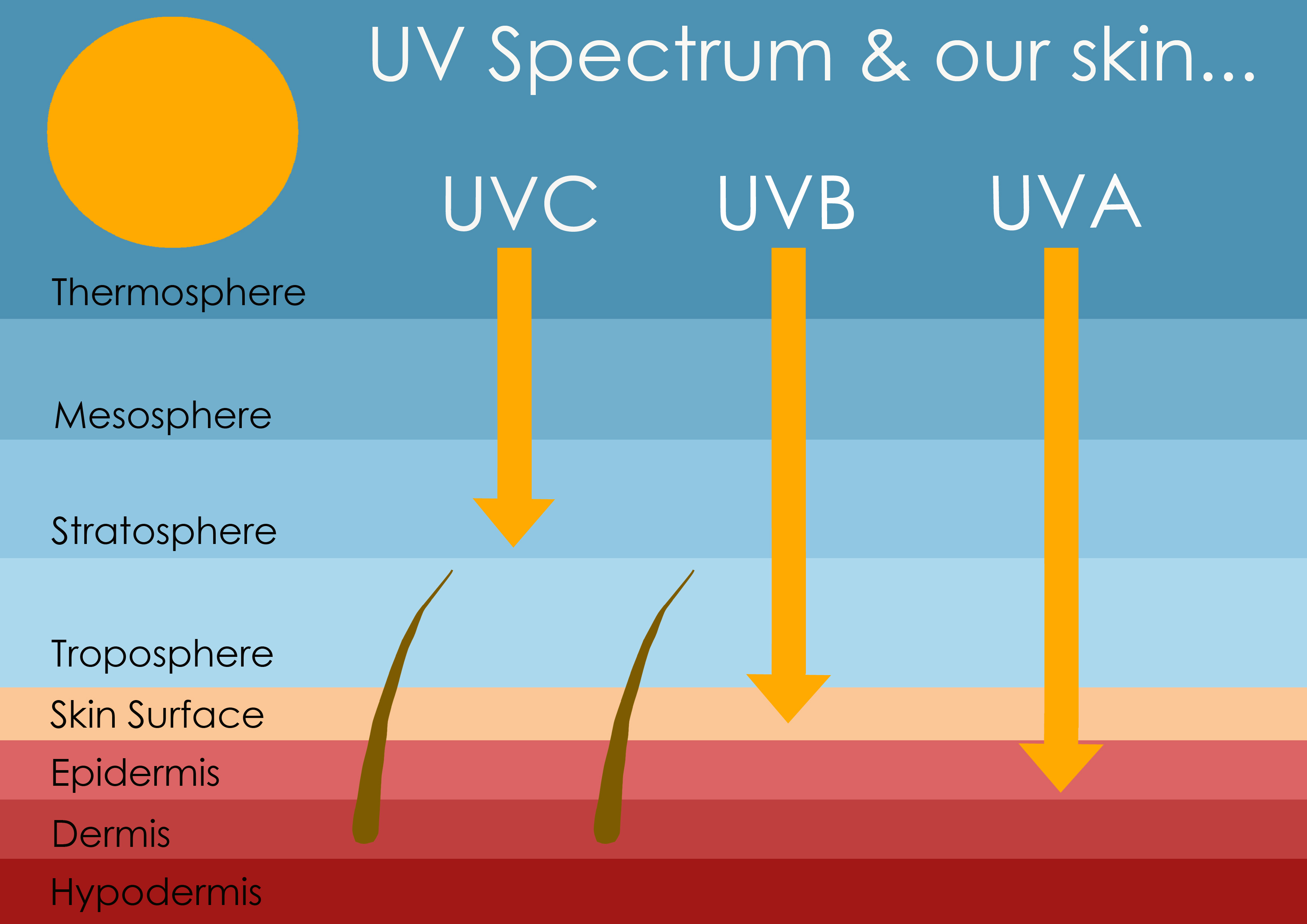Zinc Oxide Sunscreen
A fully natural, zinc oxide sunscreen is fast becoming more sought after than most of the chemical based synthetic sunscreens that are believed to have the potential to be toxic to humans.
 zinc oxide sunscreen protection towers over others
zinc oxide sunscreen protection towers over othersZinc oxide sunscreens considered GRASE by FDA
The FDA (Food and Drug Assoc) in the USA, has proposed that, of the 16 currently marketed active sunscreen ingredients, two ingredients only – zinc oxide and titanium dioxide – are Generally Recognised As Safe and Effective (GRASE) for use in sunscreens.
Additionally, two ingredients – PABA and trolamine salicylate – are not GRASE for use in sunscreens due to safety issues.
The other 12 ingredients are considered to have insufficient safety data to make a positive GRASE determination at this time.
To address these 12 ingredients, the FDA is asking the relative industry, plus other interested parties, for additional data to prove they are indeed safe. The FDA is working closely with industry and has published several guidances to make sure companies understand what data the agency believes is necessary for the FDA to evaluate safety and effectiveness for these sunscreen actives.
Properties of zinc oxide sunscreen
If not containing zinc oxide as the only sunscreen active ingredient, manufacturers will combine it with other sunscreen ingredients so they can obtain some of its broad spectrum properties that are being increasingly demanded by consumers from a sun protection cream.
Besides having the broadest protection properties across both the UVA and UVB spectrum of all the officially approved ingredients, it has the added benefit of being a healthy, non-toxic ingredient, that is safe for use on children and babies as well as adults.
Zinc Oxide has a long history of use as a skin protector and has been used in a wide range of dermatological and cosmetic preparations.
As a sunscreen zinc oxide effectively reflects UV radiation to provide its broadband UV protection. But in addition to this, it has protecting, soothing, healing and antimicrobial properties.
It is commonly combined with chemical UV filters to increase the SPF level of protection, as well as to make a sunscreen that has a more appealing texture for application. They may even advertise the resultant sunscreen as a zinc oxide sunscreen.
This marketing angle acknowledges that many consumers prefer a sunscreen containing zinc oxide over all the other synthetic chemical based sunscreens and formulas as it is seen as the most healthy option of them all.
As a physical sunblock, it is extremely effective in blocking both UVA and UVB rays, and is very potent in protecting the skin from both sun damage and the chance of developing skin cancer.
Because it is not absorbed into the skin, it is considered non-irritating and non-allergenic.
zinc oxide vs chemical options
 Best sunscreen option for children
Best sunscreen option for childrenStudies have shown that certain sunscreens contain ingredients that can be absorbed into the skin, releasing it into the bloodstream, where it can wreak havoc on the organs and the immune system.
The essential difference here is that chemical sunscreens are designed specifically to penetrate the skin to be able to work. Zinc oxide sunscreens on the other hand are designed to sit on the surface of the skin and reflect the suns rays.
In the past, zinc oxide along with titanium dioxide, as the 2 physical, or mineral, sunscreens, had the disadvantage of leaving an unsightly white and chalky residue on the skin. However, recent technology has been able to create what is known as micronized or even nano sized particles of zinc oxide.
This has effectively reduced the particle sizes to a level that can't be seen by the naked eye, which means no more white, chalky appearance. They still retain the ability to guard against the potentially harmful UVA and UVB rays.
Even though zinc oxide has been around for many years and has been present in a number of sunscreen products, it has only been in the past few years that researchers have recognised the superior properties of zinc oxide in offering protection against the sun's UV rays, while remaining a product that is considered all natural.
This makes its appeal to the public that much more profound and makes it my only choice in a sunscreen.





New! Comments
Have your say... please leave me a comment in the box below.